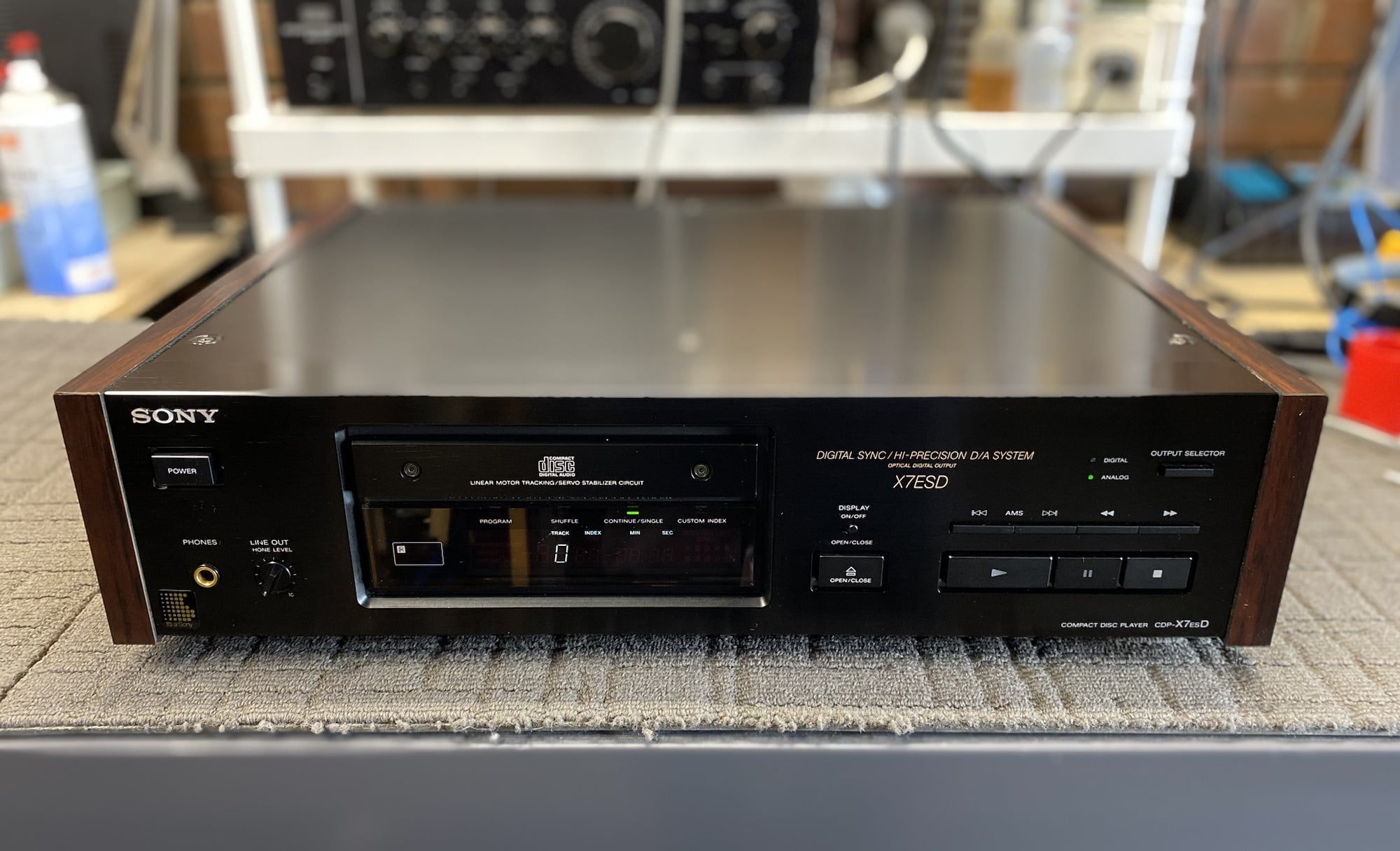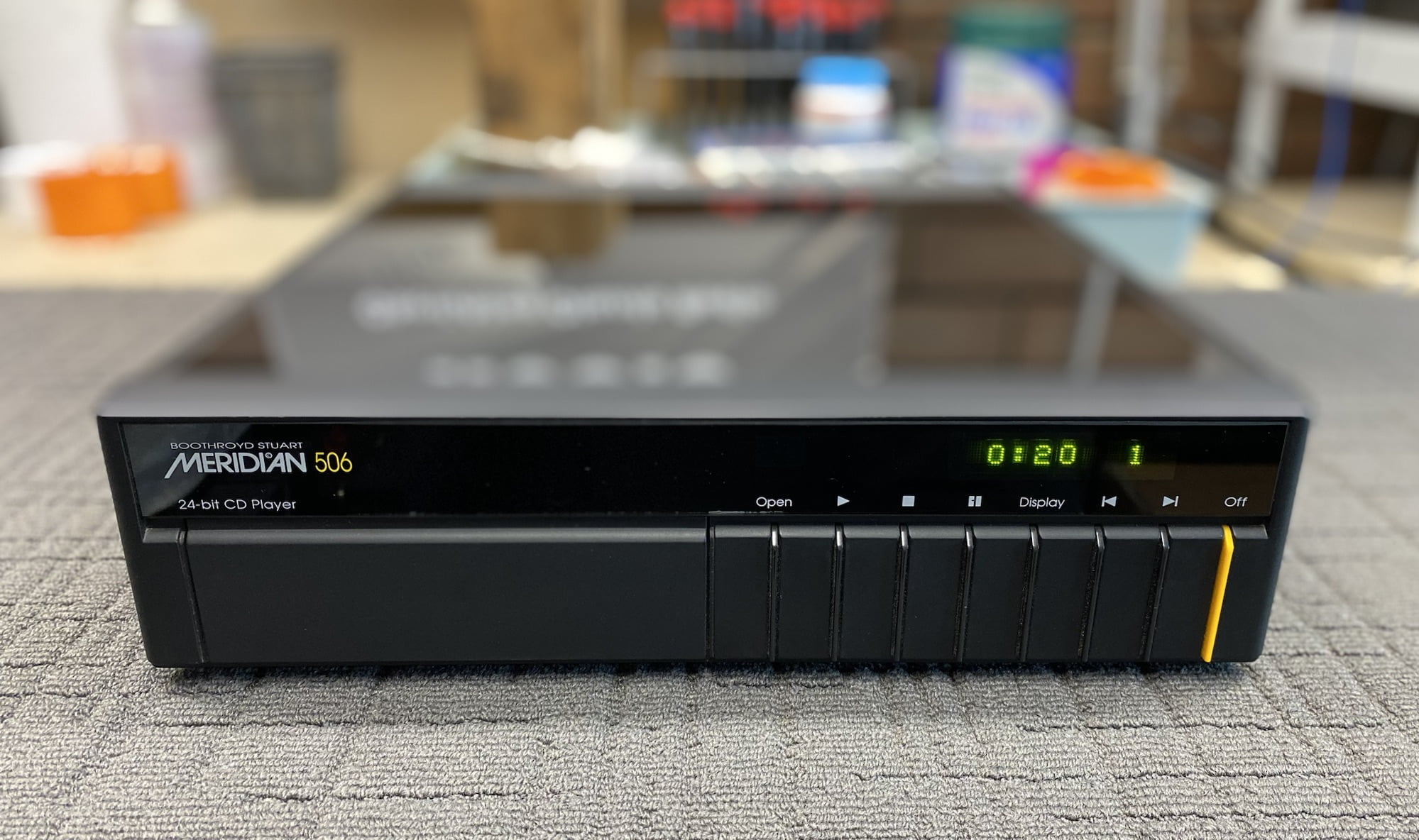Another great question and yes, they do, significantly so in a high-resolution system.
This CD transport ‘thing’ is one of the more puzzling hi-fi truths and paths to improving your Redbook CD playback. Long story short, transports sound different, dramatically so in some cases. I have even been surprised by this in a case I describe below, so if you want to hear more about that, read on!
What is a Transport?
First, let’s clarify what the term ‘CD transport’ means. A CD transport is a CD player that outputs a digital signal rather than an analogue one. It is therefore designed for use with a DAC and is the least integrated and therefore potentially the best-performing CD-playing solution.
A regular CD player can also be used as a transport where it outputs a digital signal and can be used with a DAC. Either way, when we use the term transport, we are referring to a player used to extract a digital signal from a Redbook CD, which can then feed an external DAC.
Ones and Zeros
You’d think that CD players and transports, outputting digital bitstreams as they do, would all sound much the same, given that they read the same data off the disc and extract the same data. They should, and I use that term carefully, generate the same bitstream, in theory. They don’t though and for various reasons, all transports sound a bit different, reading the same data, from the same disc. Curious.
For those wondering why they all sound a bit different, I think it comes down to differences in error correction, timing accuracy and a related aspect of that, jitter. There are some obvious contributors to this in the form of build quality, laser quality, health and precision of adjustment, power supply isolation, and so on. These factors generally correlate with cost, so it’s perhaps no surprise what I discovered recently.
I’ve always known that CD transports sound different from one another, even if the reasons why are less obvious than they are with turntables for example. But, these sonic differences between CD transports have never been more apparent to me than when I changed my transport from my beloved Sony CDP-X7ESD to my recently acquired Accuphase DP-90.


The differences between these two transports in terms of the sound output by my DAC are night and day. The Sony is a great-sounding super-smooth operating transport in its own right. It’s also perhaps even nicer in terms of the loader action and smoothness than the much more expensive Accuphase, but there’s not much in it. In terms of sound though, the Accuphase DP-90 takes everything to 11.
With the DP-90 feeding my DAC, the bass is massively extended, mids are more real and everything is better fleshed out and resolved in a way that’s obvious when not even in the listening room. As soon as I hit play I was stunned, and I was prepared for the worst after importing this baby from Japan.
I was hoping for improvements, not necessarily expecting anything major, but from the first track of the first disc, my best possible hopes were confirmed by a night and day improvement over an already outstanding transport. Who knew?! Perhaps I should have, but not many people get to use, let alone own gear like this, so cut me some slack on this one! None of my hi-fi friends and colleagues have a transport this good.


Bottom Line
Forget what you think you know in terms of CD transports and just know that transports sound different. These differences are more subtle at the lower end of the spectrum but paradoxically become more pronounced as you go up the food chain. I suggest that if you love Redbook CD despite its limitations as I do, you get yourself a really good transport, the best you can afford.
A great transport will be made by one of the great manufacturers, built like a tank and might even be quite old by modern standards. It will likely contain a classic Philips or Sony mech, or maybe a Sanyo in the case of some of the classic Krell CD players. Most importantly, a great CD transport will transform your playback of CDs, in a high-resolution system of course.
Again, I have nothing to sell you, no secret stash of Accuphase DP-90s, though I wish I did! Enjoy the journey.
Try these FAQs for more about CD players:
Read many other articles I’ve written about CD players and DACs:
Discover more from LiQUiD AUDiO
Subscribe to get the latest posts sent to your email.

